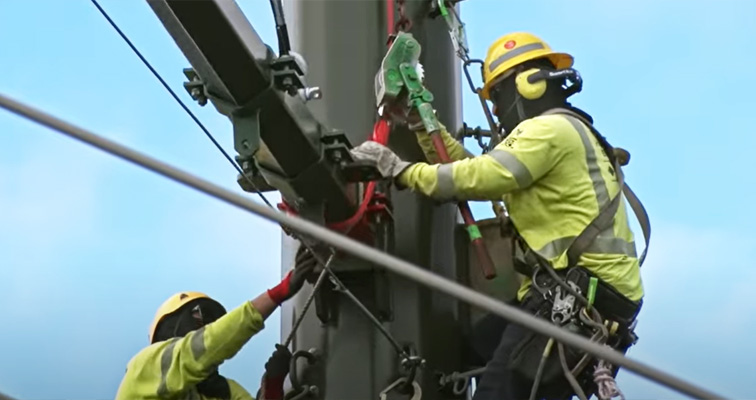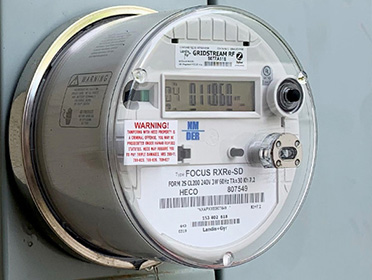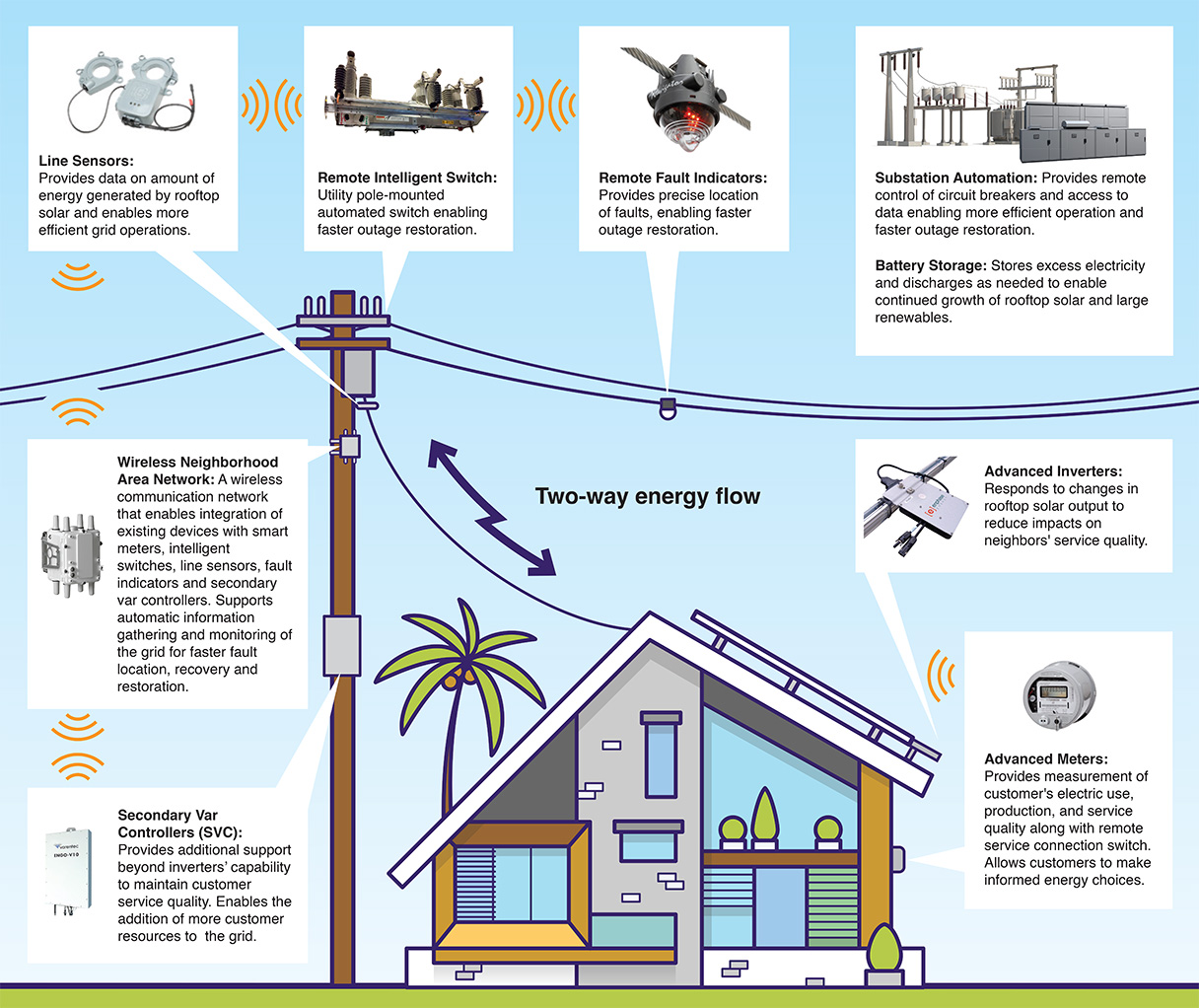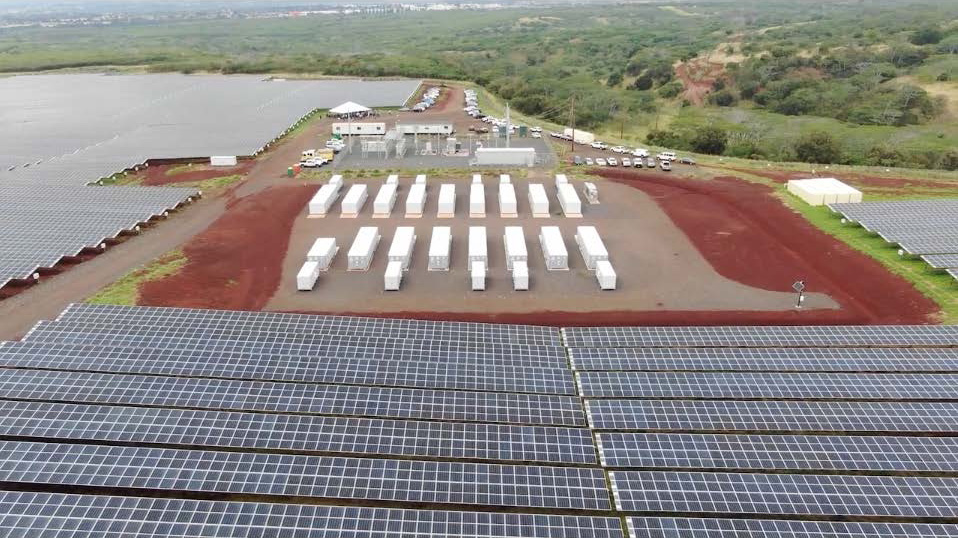Grid Modernization Technologies
Check out our detailed strategy to deploy new technologies and build a smarter, more resilient grid
- Sustainability Report & Maps
- Our Clean Energy Portfolio
- Community Meetings
- Selling Power to the Utility
- Grid Modernization Technologies
- Integrated Grid Planning
- Integration Tools and Resources
Understanding Electric and Magnetic Fields
Are electric and magnetic fields (EMF) harmful to humans? Learn more about electric and magnetic fields.
Grid Modernization Technologies
What is Grid Modernization?
Grid modernization incorporates communications and information technologies to better manage how electricity is produced, consumed, stored and delivered. By collecting real-time data across the electric grid and enabling remote capabilities to make adjustments, grid modernization helps your energy provider to more effectively regulate fluctuations in power supply and demand and deliver power more efficiently. This gives the electric grid greater flexibility to integrate renewable energy and offer you more energy management tools and pricing options such as time-of-use rates.
Learn more about our Grid Modernization Strategy and understand how rate options will help our customers better manage their energy usage with our Advanced Rated Design Strategy.
How Does Grid Modernization Technology Work?
Grid modernization technology enhances the capabilities of the electric grid by:
- Improving reliability: When outages take place, grid modernization technologies and advanced meters will communicate with each other and send an outage alert to your electric utility. This will allow us to quickly locate the problem area on the electric grid. In some cases, problems can be fixed remotely, allowing us to restore power to customers faster.
- Integrating more renewable energy: Grid modernization will provide system operators and engineers with data and tools needed to help achieve Hawaii's 100 percent renewable electricity goal by improving the safe and reliable integration of greater amounts of renewable energy. Grid modernization will allow for greater flexibility to respond to changes in power flow produced by variable sources, such as wind and solar.
What are Advanced Meters?
Advanced meters are an important part of our Grid Modernization Strategy. These modern “smart” meters digitally record energy usage and allow us to tell if you are receiving electricity from the grid. This allows for much better troubleshooting in the event of an outage. They are also a great solution for the replacement of old meters that are difficult to manually read due to remote physical location or aggressive animals.
Another benefit of advanced meters is that you can access and share your incremental energy usage data to make more informed energy decisions. For example, this information can help you to choose the best rate plan based on what time of the day you use the most energy, or you could use it to monitor the effectiveness of energy saving upgrades like rooftop solar systems.
Learn more about advanced meters
Why are Battery Energy Storage Systems so important?
Battery Energy Storage Systems (BESS) have many benefits for our communities. BESS stores energy when demand for electricity is low, and then delivers it when needed the most.
This can be during peak demand hours, from 5 pm. to 9 p.m. daily. Or as a quick response to unexpected events. When clouds block the sun or wind slows, solar and wind energy can suddenly drop. BESS can help fill the gaps and reduce the likelihood of outages. It also reduces the need for fossil-fuel generated energy, which is good for the environment. Learn more about BESS on our FAQ page.
BESS is a component of many large-scale solar projects. And several stand-alone BESS projects are in operation or being developed. Learn more on our Renewable Project Status Board.
If you have rooftop solar or are considering adding it to your home, our Battery Bonus program for Oahu and Maui will pay you a cash incentive to add battery storage to an existing or new rooftop solar system.






